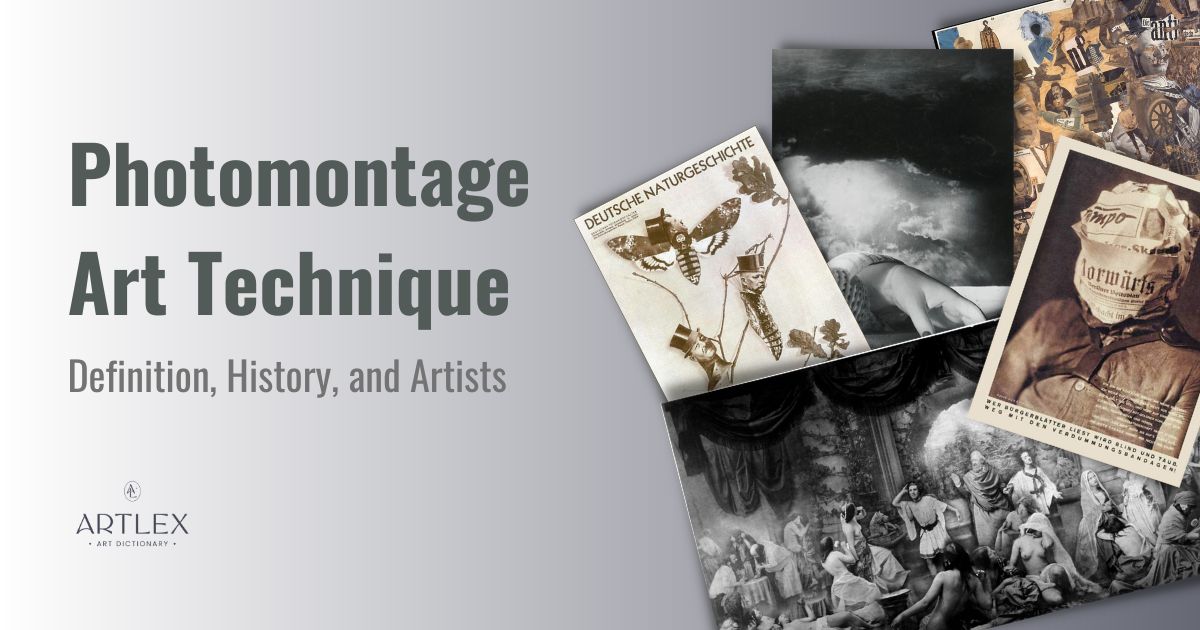
Photomontage is a technique of combining photograph fragments with the aim of creating a new image. In addition to the physical connection of individual fragments, the final work is often photographed itself, so it is almost impossible to notice the dividing lines of multiple images. Prominent artists who have worked in this technique are Kurt Schwitters, Hannah Höch, El Lissitzky, Alexander Rodchenko, Vera Gitsevich, Man Ray, Max Ernst, Dora Maar, John Heartfield, Richard Hamilton, Eduardo Paolozzi.
Notable Photomontage Artworks
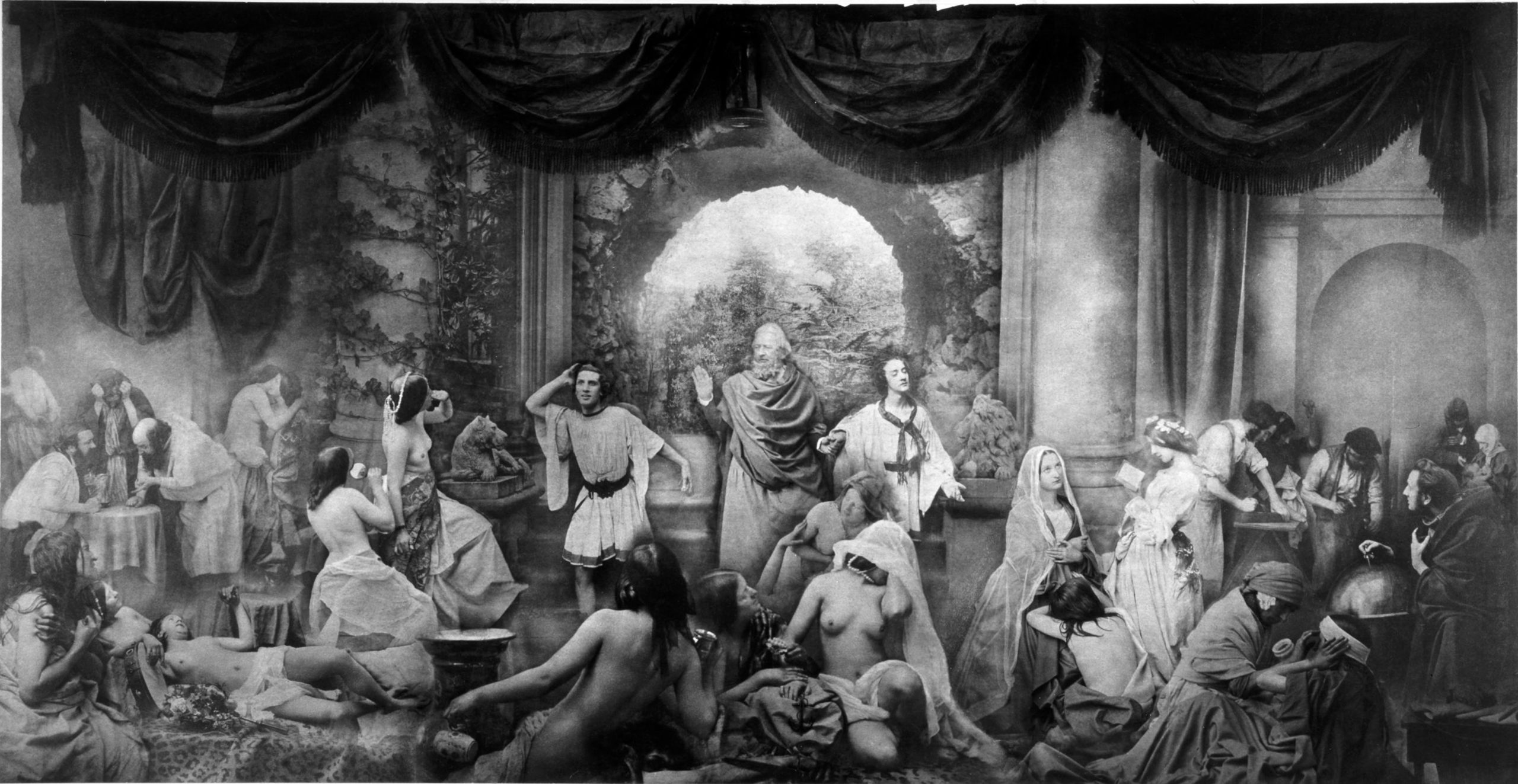

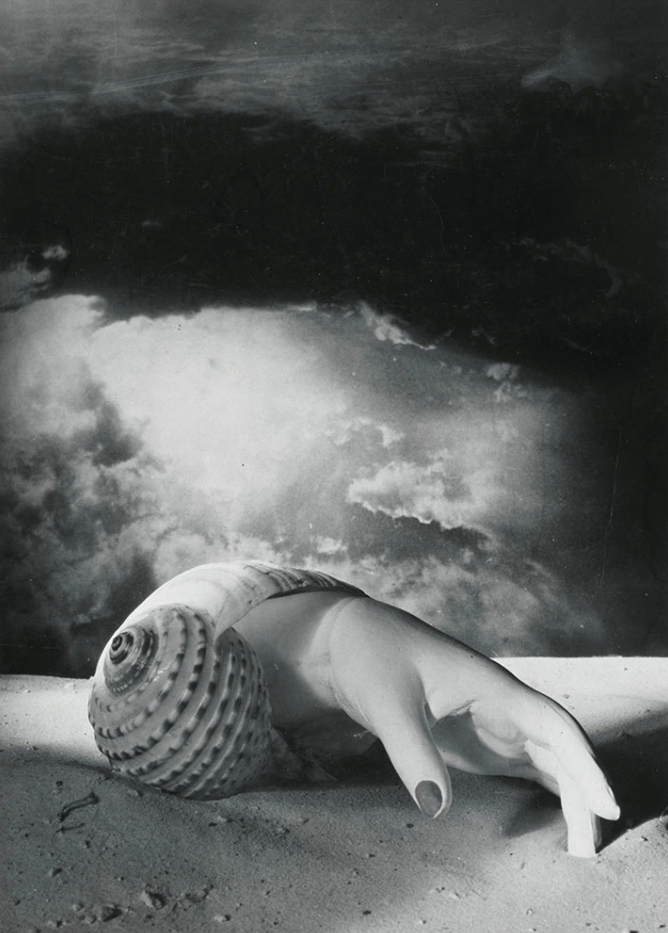

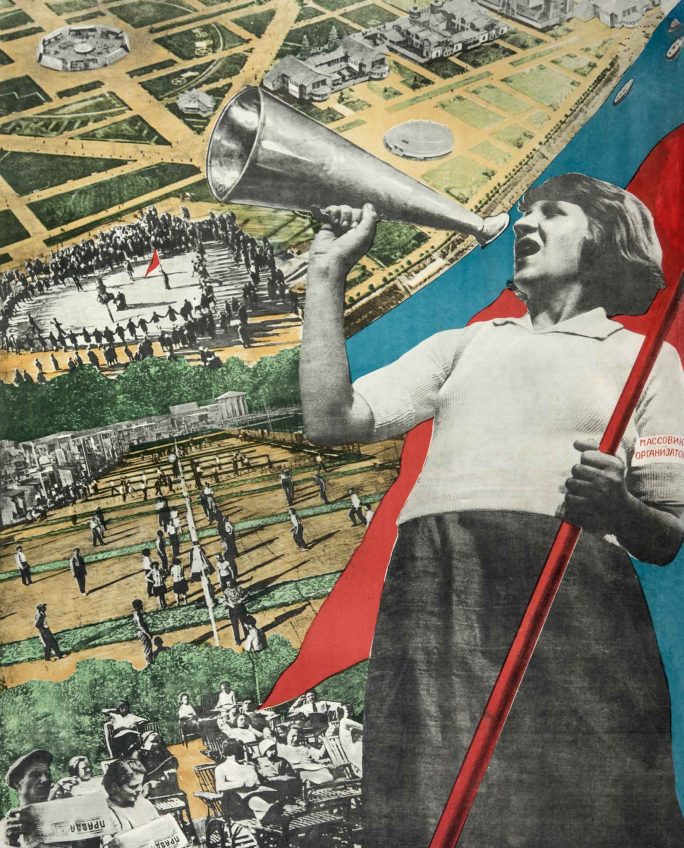
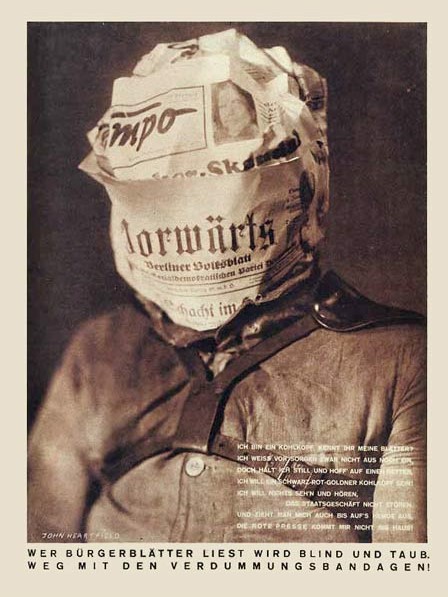
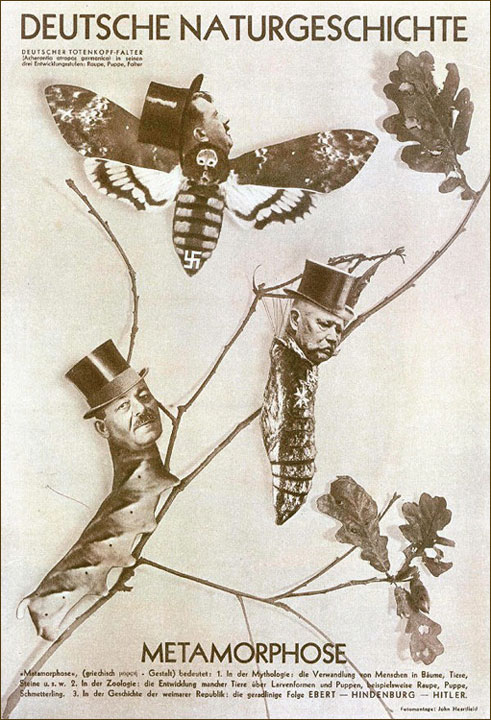
History of Photomontage
Photomontage has a history starting in the Victorian Era Photomontage, through phases of Dadaist Avante-garde Photomontage, Surrealist Photomontage, Post-Revolution Russian Photomontage, Pre-Nazi German Photomontage, and Contemporary Photomontage.
Victorian Era Photomontage
The Victorian era was marked by great changes and the development of industry, which conditioned the redefinition of the city as a whole and, above all, redefined the city’s population. Migrations of the population from the countryside to the cities are becoming more common in British and other European societies. The development of photography and its growing popularity speak in favor of the democratization of art through its increasingly massive character.
The various forms of representation and self-representation that were once available only to the upper class, thanks to photography, gradually lost their exclusive character. However, the tendency to approach fine art was very strong among photographers. They approached different strategies with the aim of creating a balanced harmonious composition in an idealized setting. Of particular importance is the contribution of French photographer Hippolyte Bayard, who was the first to promote the idea of the composite image. The themes that often appeared in photographs and photomontages were aimed at promoting cultural and moral values based on family life, hard work, piety and patriotism.
The most famous example of this type of photomontage is Oscar Reylander’s The Two Ways of Life from 1857. As one of the most influential photographers Reylander made this photomontage, with the means and structure of classicist painting, bringing the theme of temptation or the necessity to stay on the path of virtue. Combination printing, as the photomontage process was then called, culminated in the postcard industry, which was rapidly developing in the late Victorian and Edwardian eras.
Dadaist Avant-garde Photomontage
The Dadaists have been experimenting with great possibilities of photomontage since 1916. John Heartfield and George Grosz significantly contributed to the recognition of photomontage as an engaged art form. This technique was suitable for the Dadaist confrontation with bourgeois pre-war aesthetics, offering new experimental visuals. This visuality during and after the First World War was characterized by a sharp critical line towards the political and cultural reality of Europe.
Dadaist photomontage freed itself from the traditional reliance on imitating the painting composition. The avant-garde photomontage with a new satirical relationship of motives paved the way for a strong critique of various social phenomena such as class and gender inequalities, aggressive policies, racism, etc.
Surrealist Photomontage
Surrealism continued the Dadaist experiment with the technique of photomontage. In addition to social engagement and an unequivocally subversive character, the surrealist photomontage brought a different visuality based on the research of psychoanalysis, dreams and the subconscious. The visuality of expressive elements offered by the surrealist photomontage brought a spectrum of scenes that combined the phenomena of the subconscious and the surrealist revolutionary struggle for total social transformation.
Post Revolution Soviet Photomontage
Constructivists in post-revolutionary Russia were part of a highly developed propaganda mechanism. The Communist Party recognized the importance of propaganda in establishing a new order, and avant-garde artists played a crucial role in that. Extremely large populations in such a large country as the Soviet Union needed to be offered clear, enthusiastic, inspiring and suggestive visual solutions that would not give room for ambiguity but would shape clearly articulated values for the new society. Photomontage work provided a great space for experimentation with the construction of the visual identity of the first socialist society. Although in the capacity of propaganda, the constructivists created works of the highest artistic range, which were of key influence on the further development of photomontage.
Pre-Nazi German Photomontage
Unlike the state-supported photomontages in the Soviet Union, in Germany the German artist John Heartfield was persecuted for his extremely critical photomontages. This artist was one of the organizers of the First International Dada Fair in Berlin in 1920. As a member of the German Communist Party and a prominent Dadaist, Heartfield constantly sharply criticized the increasingly militant and destructive German policy. In his photomontages, he dealt with the problems of social inequality, poverty and the progress of Nazism. After the Nazis came to power in 1933, Heartfield was forced to leave Germany.
Contemporary Photomontage
The contemporary photomontage is developing in different directions. In addition to the successors of Avant-garde expressions as well as those belonging to the Neo Avant-garde corpus, contemporary artists are turning to new digital technologies that have completely transformed photomontage techniques. By shifting the creative process into virtual space, various software offers artists a wide range of possibilities for image manipulation within the digital photomontage. In addition to photographic material, new technology has significantly opened up the technique of photomontage for film and video.
Notable Artists
- Kurt Schwitters (1887 – 1948)
- Hannah Höch (1889 – 1978)
- El Lissitzky (1890 – 1941)
- Alexander Rodchenko (1891 – 1956)
- Vera Gitsevich (1897 – 1976)
- Man Ray (1890 – 1976)
- André Breton (1896 – 1966)
- Max Ernst (1891 – 1976)
- Dora Maar (1907 – 1997)
- George Grosz (1893 – 1959)
- John Heartfield (1891 – 1968)
- Raoul Hausmann (1886 – 1971)
- Andy Warhol (1928 – 1987)
- Richard Hamilton (1922 – 2011)
- Eduardo Paolozzi (1924 – 2005)
- Robert Rauschenberg (1925 – 2008)
- Peter Kennard (1949 -)
- John Grenville Stezaker (1949 -)
Related Art terms
- Photography
- Dadaism
- Surrealism
- Constructivism
